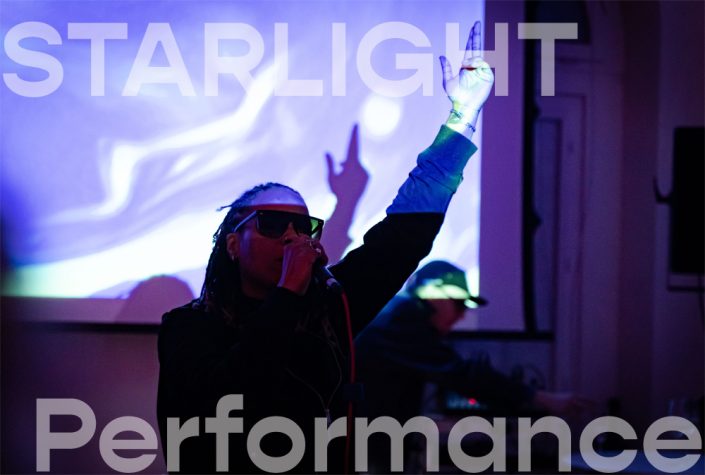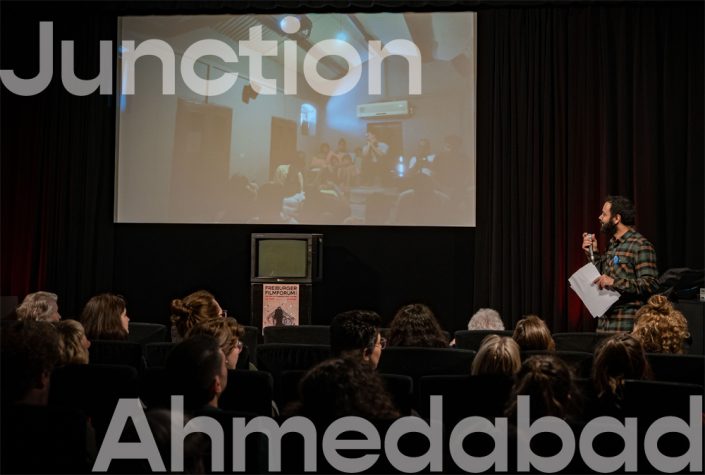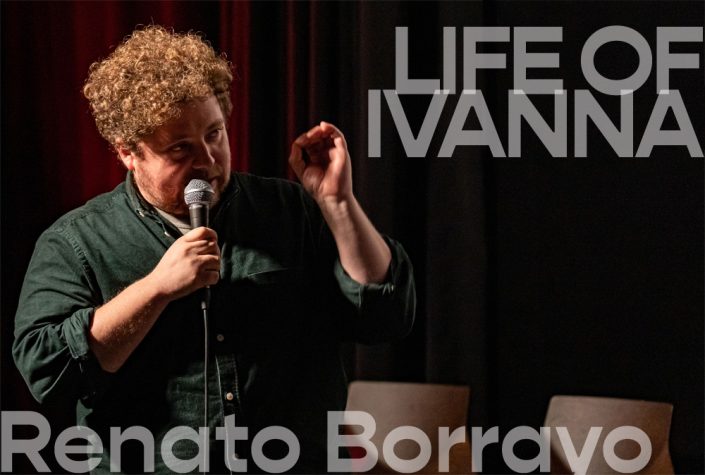The Lule River flows through a part of Sweden that has been populated primarily by the Sami people for thousands of years. The 15 dams that make industrial use of the Lule possible today are owned by the state energy company Vattenfall. In order to build these dams, many Sami, who traditionally live from reindeer herding, were forcibly resettled. This is a story of loss: with the resettlement, more and more ancestral Sami customs have disappeared. What remains is their deep emotional bond with water, as shown in ÄLVEN MIN VÄN, which is a portrait of four Sami women. “Every day, the river flows through me, looking for memories,” says storybook writer Eva Stina Sandling. In wonderful images, director Hannah Ambühl captures these memories and the deep connection of the women with the Lule River. At the same time, the film documents the women’s changing lives and traditions, as well as their lasting feelings of belonging to Sami culture.
INUGHUIT - The people at the Navel of the Earth
No English translation available.
THE OTHER SHORE
No English translation available.
A Tree falls
No English translation available.
The Lovers of San Fernando
For nearly twenty years filmmaker Peter Torbiörnsson followed Tinoco and Ninoska, an ordinary Nicaraguan couple, through the trials of day-to-day life in Nicaragua during a period governed by radical economic and social changes. The film presents a charming, yet at the same time moving portrait of a country where the hope of revolution has deteriorated into futility and corruption and succumb to a visionary “American dream”.
The unusually long time span, together with the outstanding proficiency of the director account for the overall success of the film. The two main figures Tinoco, from the coast of Nicaragua, and Ninoska, from a small mountain village, move so naturally on the screen that they are able to effortlessly characterize complex personal and national realities. Through its depiction of everyday life during uncertain times this story clearly shows how the characters´ continual resistance against hardship and misfortune have become a testimonial to the courage of life - and the strength of love.
Compadre
In 1974, the Swedish photographer and journalist Mikael Wiström travelled across Peru. While he was taking pictures of a rubbish dump where poor people were trying to eke out a meagre living, a young man whose body was deformed by polio asked him what he was doing with his expensive camera. Between this Daniel Barrientos and the photographer, a special yet vulnerable friendship developed. In 1991, Wiström has become a filmmaker and returns to Peru for the first time, where Daniel and his wife and four children are still barely making ends. The film COMPADRE was made last year, almost thirty years after the first encounter between the two men. The filmmaker not only documents the daily life of Daniel’s family, but also involves the spectator in this great dilemma of the rich Western filmmaker being confronted with dire poverty, an existential inequality that puts great pressure on the friendship. Wiström may call Daniel his ‘brother’, but how far does his “fraternal” responsibility extend?
Familia
“Do you love me?” Daniel asks his wife Nati, who is busy packing her suitcases. They have lived together for 34 years. Soon they will be separated by a seemingly endless ocean. Nati is leaving Peru to go to Spain to earn money for her family. Although Daniel goes to Lima every day to make a living with his mototaxi, this is not enough to send their little boy to school. FAMILIA is the third and last part of Mikael Wiström’s documentary film project devoted to the Barrientos family from Lima, Peru’s capital. Wiström met Daniel Barrientos in 1974. At the time, Daniel was working with his wife in a rubbish dump in the slums, collecting whatever could be recycled. In FAMILIA, Wiström focuses on Nati, who is struggling to get her family ahead as a chambermaid in a hotel in Spain, thousands of kilometres away from her husband, daughter and son. With intimacy and empathy, FAMILIA tells a private family story full of emotions, difficulties and struggles that is also a global story about migration.
Zigeuner sein
In the Romani language, Roma means “people.” This film lends a voice to these people, who tell of how they were arrested and locked up in camps and prisons, and how 90 percent of their families never returned from the death camps. They speak in dialects from Burgenland, Bavaria and Saxony. They live in desolate barracks on the fringes of cities, where ten people share a room with damp walls. The children are sick all winter long. Peter Nestler adds more facts with his dark low voice. A camp employee describes his visit to the “gypsy camp” in Birkenau, which shocks even him (despite his “thick skin”). At the end of the film, a woman wisely and precisely sums up all the injustice done to these people: It isn’t that they haven’t let themselves be assimilated in 600 years – no, they haven’t been allowed to be assimilated, up to this very day. Peter Nestler doesn’t try to water this down, either in narrative or film. His milestone documentary is not only straightforward, but the first to bear witness to the persecution of Sinti and Roma in Germany and Austria.









